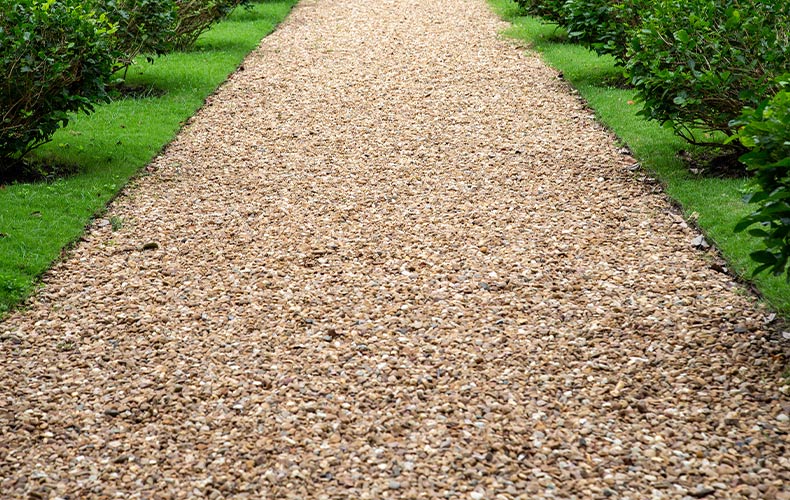We use cookies to make your experience better. To comply with the new e-Privacy directive, we need to ask for your consent to set the cookies. Learn more.
Why Do the Larger Stones Keep Rising to the Top? The ‘Brazil Nut Effect’ Explained
Have you ever wondered why larger stones and gravel seem to mysteriously rise to the surface in your driveway or garden? This intriguing phenomenon, known as Granular Convection - or more commonly, the Brazil Nut Effect.

Granular convection occurs when particles of different sizes are shaken or disturbed, causing larger particles to move upwards while smaller ones settle beneath. This has been named after the observation that Brazil nuts consistently rise to the top in mixed nut containers. However, this effect is not just limited to jars of nuts or cereal boxes; it's clearly seen in gravelled driveways, gardens, and construction sites.
So, why exactly do larger stones rise? When gravel is disturbed, smaller particles slide downward into gaps created by the shifting stones. These smaller particles fill voids beneath the larger stones, effectively pushing them upwards. Repeated movements, whether from foot traffic, vehicles, or even natural phenomena like frost heave, enhance this effect. Over time, large stones become increasingly prominent on the surface, sometimes causing frustration for homeowners and gardeners who prefer a smoother, more uniform appearance.
The Brazil Nut Effect is further amplified by vibration and repeated compression. Driveways and garden paths experience constant stress and movement, whether through walking, vehicle traffic, or weather fluctuations. Each disturbance causes particles to rearrange, continually elevating the larger stones.

Interestingly, research has shown that gravity alone isn't enough to explain this upward movement. Friction between particles plays a crucial role. Larger particles experience greater frictional resistance, causing them to rise and remain near the surface.
So, what can you do to mitigate this effect in your garden or driveway? Selecting more uniform-sized gravel can significantly reduce granular convection. Regular raking, using stabilising gravel grids or geotextile membranes can also help maintain an even surface, preventing frequent resurfacing and maintenance.
Understanding granular convection not only satisfies our natural curiosity but also provides practical insights for landscaping and construction projects. By appreciating the physics behind gravel movement, we can make smarter choices to create and maintain the surfaces around our homes.
Next time you notice the larger stones have risen to the surface, you’ll know exactly why, and how to deal with it.
